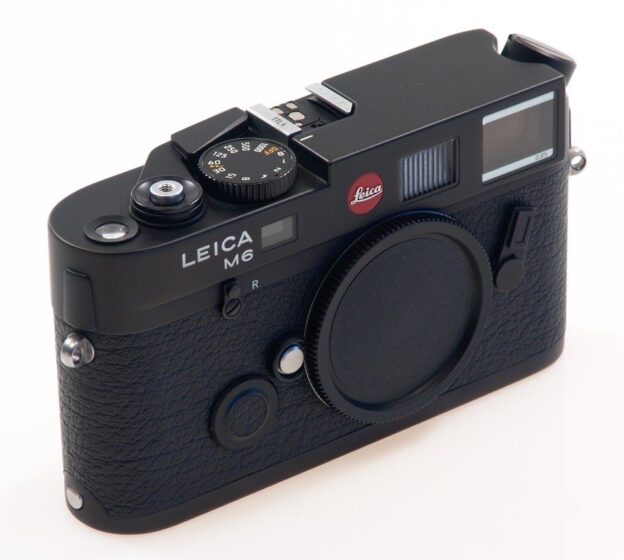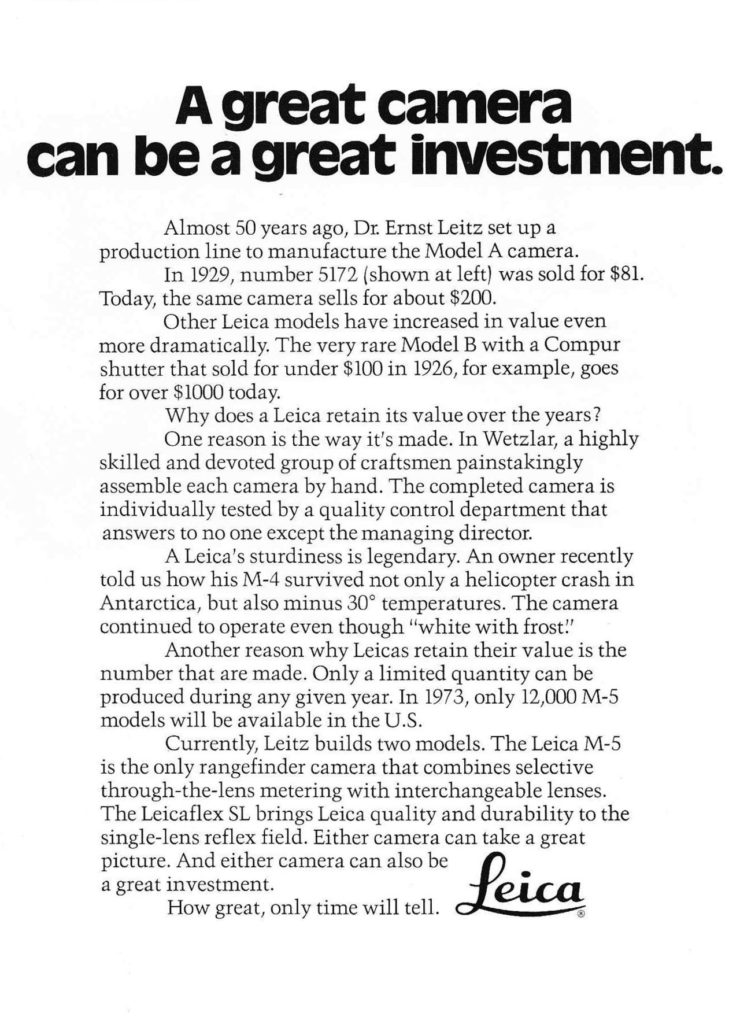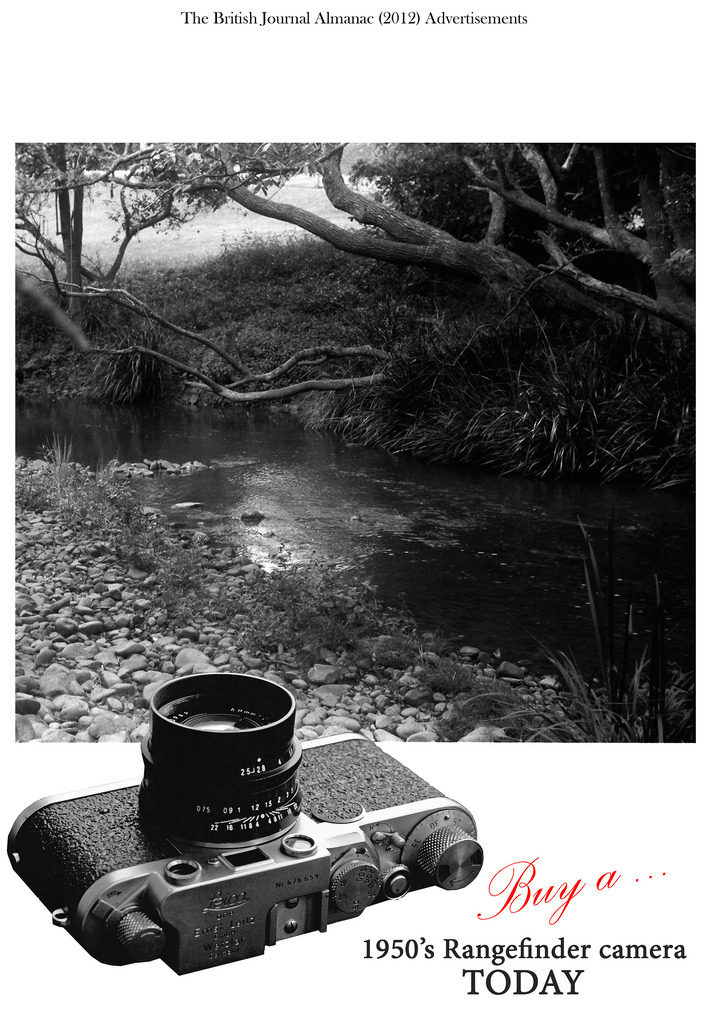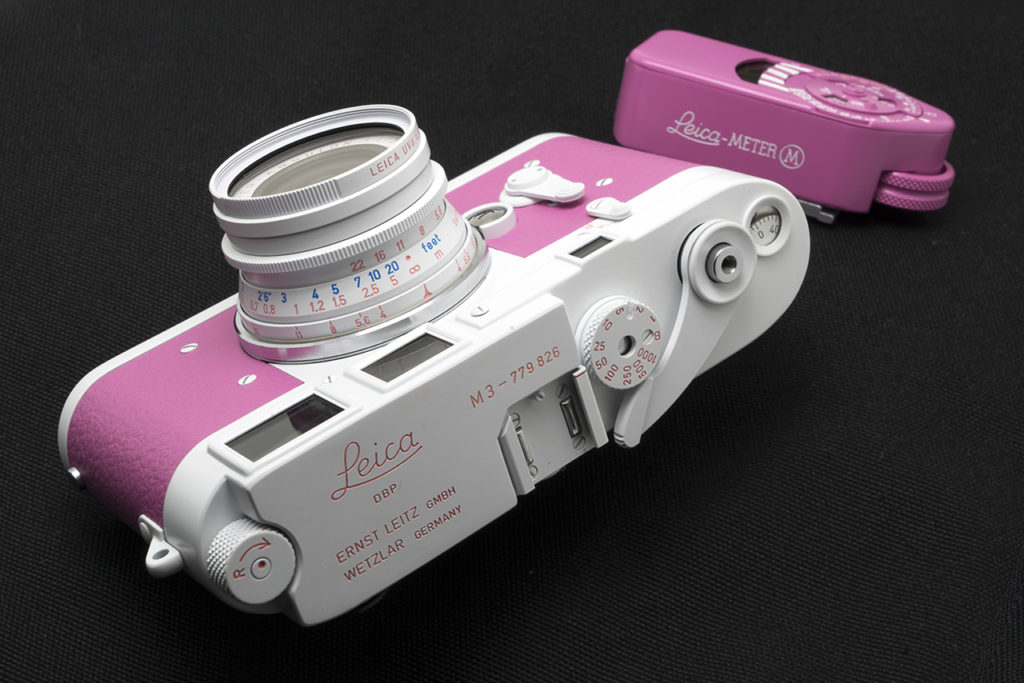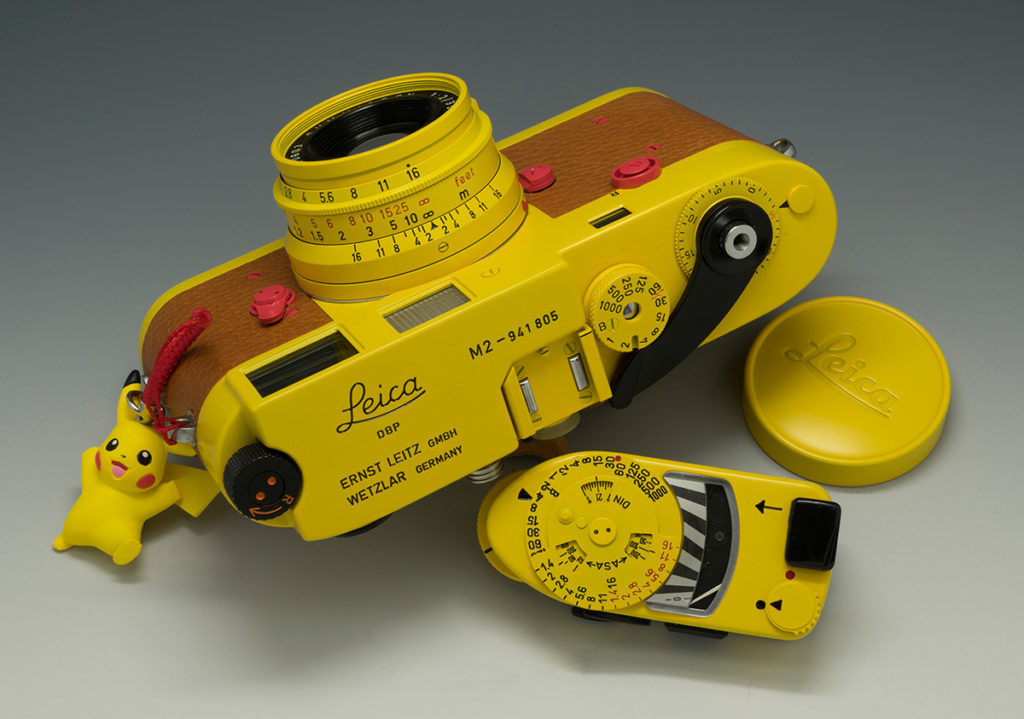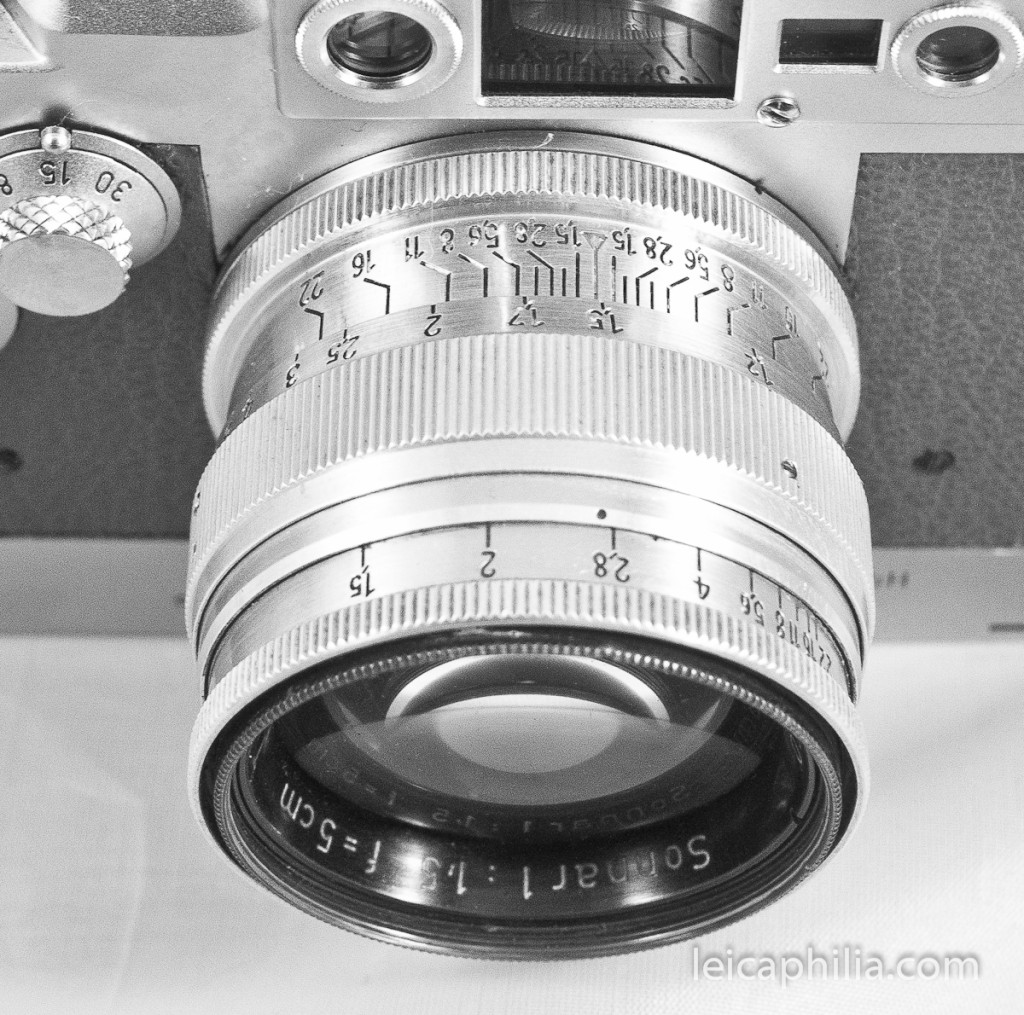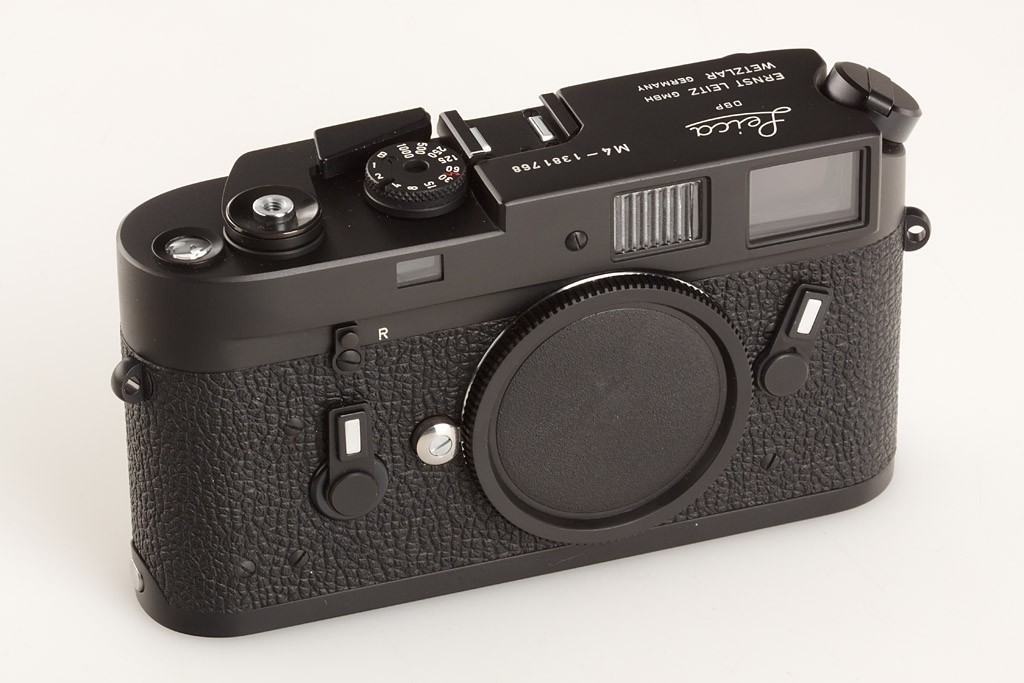Occasionally, I’ll have someone contact me to ask about what rangefinder camera I would recommend they buy. Usually it’s someone new to film and or rangefinder use, and they’re looking to dip their toes in the water without spending the kind of money a Leica is going to cost.
Having had lived through the original rangefinder renaissance in the late 80’s, early 90’s, and being an incorrigable gearhead, I’ve probably owned or tried every variation of non-Leica rangefinder along the way, other than most of the 60’s and 70’s era fixed lens rangefnders from Japan, pedestrian cameras like the Canon Canonet or the Minolta Hi-Matic, which really weren’t meant to appeal to people who might consider a Leica, but rather were that era’s glorified point and shoots. So, with the criteria that it not be a Leica but a reasonable alternative to one; and that it be “affordable” (an admittedly subjection criterion), here are my (admittedly idiosyncratic) choices if you’re looking for the rangefinder experience without all the humbug, and costs, that comes along with owning a Leica. By “rangefinder experience” I mean this: 1) its got the be a rangefinder, obviously; 2) it’s small and compact; 3) it allows manual use i.e. you control shutter speed and aperture if you prefer; 4) it allows you to change lenses.
So, moving from better to best, here’s my favorite five best non-Leica values:

5) The Konica Hexar AF ($400 with lens): yes, I know, its got a fixed lens, which should immediately disqualify it, as it doesn’t meet the criteria I myself set. But….the 35mm f2 Hexanon that comes with it is an excellent lens, the equal of that $2000 Summicron you’re lusting over, and the camera itself such a perfect little jewel, incredibly inexpensive for what it is, that its made the list anyway. And yes, its AF, but the AF is pretty much bullet-proof, maybe even to this day the fastest, most accurate AF you’ll find. As for those who claim a camera with AF “really isn’t” a classic rangefinder because, well, it just makes things too easy – just remember, you get no points for difficulty. The point is to get the shot, and for that, the Hexar AF is brilliant, especially when working indoors. Plus, it’s got a stealth mode that’s super quiet, quieter than any Leica. Really, the only downside of the camera, other than the fixed lens, is that its highest shutter speed is 1/250th, which makes shooting pictures of fence rails at f2 in bright sunlight for the amazing bokeh problematic. Then again, you can’t always have everything.

4) The Nikon S3 Millenium w/ 50mm f1.4 Nikkor ($1500-1800 LINB on Ebay): yes, I know it’s pushing the affordability criterion, but hear me out. Imagine if in 2000, celebrating some corporate milestone, Leica had made the decision to remake the iconic M3 from the ground up, the exact same camera offered in 1954, hand made to the same exact specifications as the original – no cost-cutting- and coupled it with a new, modern coated Summilux 50mm f1.4. Imagine as well that these were eagerly snapped-up by collectors and speculators for about $6000 a kit, and were usually put aside, still in the box, to await the massive value appreciation you assumed they’d someday command. Suppose as well that now, 15 years later, for some bizarre reason, collectors and speculators, usually from Japan, would now sell you the full kit, basically new, for somewhere between $1500-$1800. Would you want one? Of course you would. You’d sell your children into slavery to get a kit like that at that price.
Well, that’s what Nippon Kogaku (Nikon) did in 2000 when they decided to re-offer a brand new Nikon S3 rangefinder coupled with a modern version of the venerable 50mm f1.4 Nikkor. And you can easily find one now, like new in box, between $1500-$1800, which is crazy, given that the lens itself is every bit the equal of the best 50 Leica is offering now. And the S3 itself is an amazing camera, possessing a solidity and quality feel equal, but different in its own way, to the best Leica M’s. Those who are familiar with the Nikon F will feel at home with the S3, given the F shares the same body architecture – essentially, Nikon created the F by taking an S3 and putting a mirror box in it – the detachable back, the wind on, the funky position of the shutter button. Like the M3, it’s unmetered, and like the M3 the viewfinder best accommodates a 50mm FOV, although there is a native frame for 35mm. At $1500 for body and lens, it’s a killer deal.

3) The Konica Hexar RF ($500 body only): The best AE M-mount camera ever made, including the M7. I prefer it to the M7 if you’re looking for an AE rangefinder because 1) it’s a 1/4th of the price of an M7; 2) it has a built in motor (an expensive add-on the M7; 3) it’s got a viewfinder magnification that allows use of a 28mm without external viewfinder, 4) it’s got a normal, swing-out back that allows trouble-free loading; and 5) it’s built like a tank. It takes any M-mount Leica lens you want to put on it. It’s the first camera I put in my bag when I’m shooting film, usually with the excellent 28mm M-Hexanon, or the equally superb 50mm M-Hexanon.

2) The Contax G1 w/ 45mm f2 Planar ($450 body and lens): You either love this camera, or you hate it. I love it, as in love it. You can buy a G1 body for $125. It’s got a titanium outer shell (you’ll pay $25,000 for a titanium M7), a built in motor (expensive add-on on an M7), AE, and AF. It’s the AF that seems to drive some people crazy, although the folks it drives crazy tend to be, in 2016 US presidential political terminology, “low information” photographers. Any “defects” of the AF system have more to do with the photographer than the camera; if you treat it like a point and shoot, you’ll have problems. To properly focus it, do this: point that little rectangular box in the middle the viewfinder at what you want to focus on; half cock the shutter; hold the shutter half-cocked while you recompose any which way you like. Voila, a perfectly focused photo. It really isn’t rocket science. Plus, you get to use the best trio of 35mm lenses ever made for a rangefinder system – the Zeiss 45mm Planar, the 28mm Biogon, and the 90mm Sonnar (the 35mm Planar, while the least awesome of the bunch, is no slouch either). Four incredible optics, the 45mm as good or better than anything you’ll ever find elsewhere, which you can pick up used for $300-$400, the 28mm Biogon easily procured for $300. A titanium body to support them, $125. Seriously?

1) The Leica M5 ($800-$1200 body only): Yes, I know it’s a Leica…but it really isn’t, at least if you listen to the internet hive mind, most denizens of which have never seen one, let alone used one. The M5 is, in my mind, Leitz’s great, misunderstood masterpiece, the high-water mark of Leitz’s hand-assembled, cost is no object rangefinders. The M5 made its debut in 1971, the first M with an exposure meter – in this case, a TTL spot meter still the best meter ever put in a film Leica. Big, bright .72 viewfinder, .68 base rangefinder, well-thought through ergonomics unbeholden to the “iconic” M design.
Unfortunately, it flopped in the marketplace, no fault of its own, rather a function of broader industry trends (the move of professionals to SLR systems), boneheaded decisions by Leitz ( introducing the CL simultaneously at 1/5th the price), and, most importantly, rejection by Leicaphiles because it didn’t conform to the iconic M2/3/4 design. Which isn’t to say it wasn’t a brilliant camera – it was, and still is, even today, a better camera than the M6 that proceeded it. However, all but the most discriminating Leicaphiles continue to simply ignore the M5, as if it didn’t exist, usually because they’ve bought into the common view that it’s too big and too ugly, “not a real Leica M.” Bullshit. It’s the best metered Leica M ever made.


